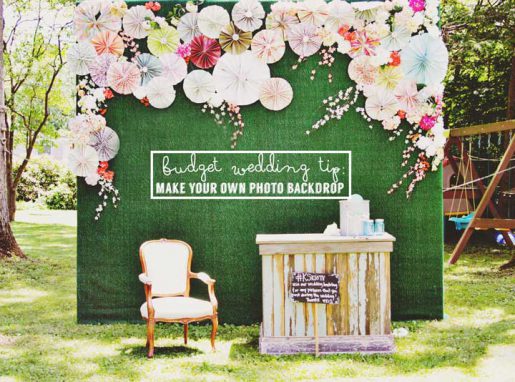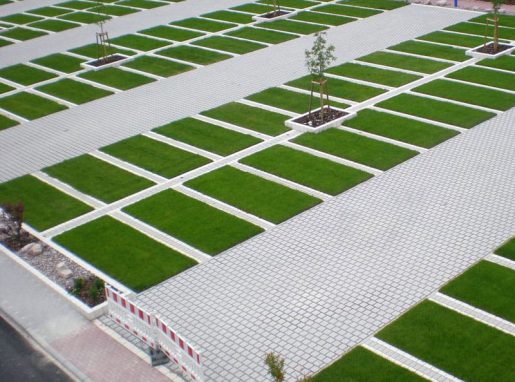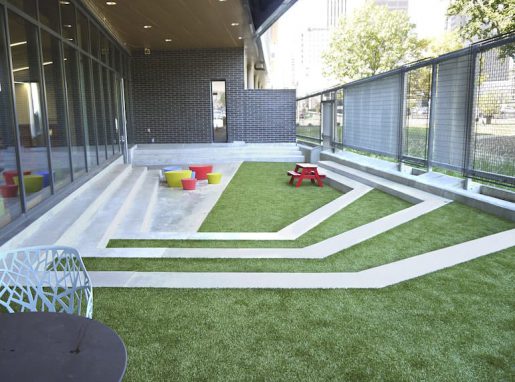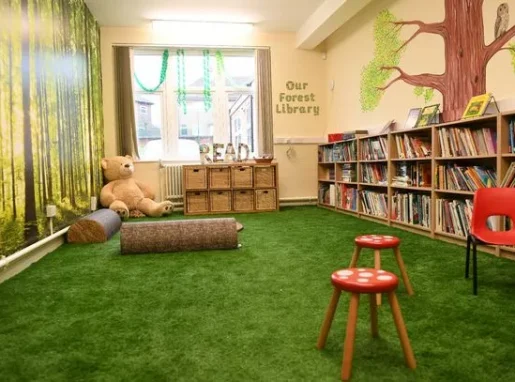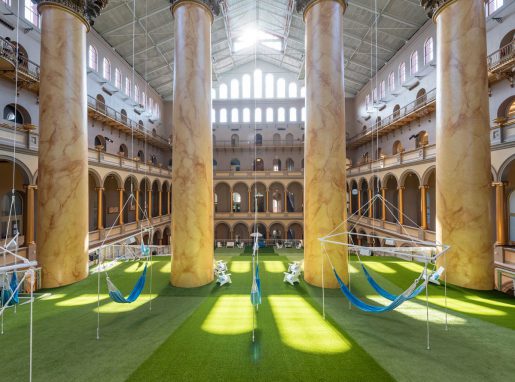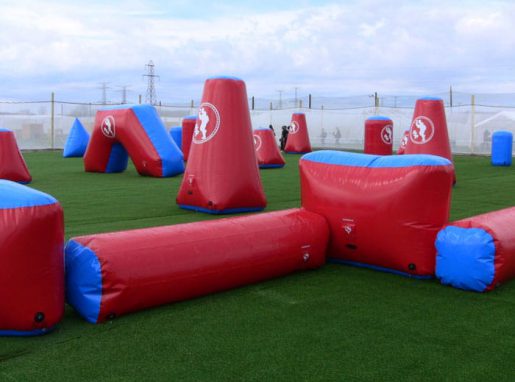Creating Beautiful Outdoor Spaces with Artificial Grass Pathways among Trees and Plants
Transforming your outdoor space with artificial grass pathways intersecting among trees and plants can turn your backyard into a beautiful and functional oasis. By dividing the area into several distinct zones, such as relaxation spots, barbecue areas, and garden plots, you can enjoy a versatile and visually appealing landscape. In this guide, we will outline the steps to create these pathways, adding a touch of nature and elegance to your surroundings.

Step One: Planning and Design
Define Zones: Start by determining the number of zones you wish to create based on the size and layout of your backyard. Each zone can serve a unique purpose, such as relaxation, entertainment, or gardening.
Select Pathway Locations: Choose appropriate locations to lay artificial grass pathways, connecting different zones seamlessly and creating a smooth walking route.
Step Two: Preparation
Clear the Area: Before installing the artificial grass, ensure the ground is clean and free from debris and weeds.
Level the Ground: If the ground is uneven, level and smooth it out to provide a stable base for the artificial grass.
Step Three: Installing Artificial Grass
Choose the Right Artificial Grass: Select high-quality, pet-friendly artificial grass that closely resembles the appearance of natural grass. Measure the required dimensions for your pathways.
Lay the Grass: Position the artificial grass along the chosen pathway locations. Secure the turf firmly, ensuring it covers the entire surface of the pathways.
Trim and Secure: Use scissors or utility knives to cut the grass to fit the pathway dimensions accurately. Secure the edges to prevent shifting.
Step Four: Creating Defined Zones
Mark Boundaries: Mark the boundaries of each zone using stones, wooden stakes, or other fixtures to clearly separate the different areas.
Add Plants and Decor: Enhance each zone with suitable plants, flowers, and decorative elements to create a unique ambiance and style.
Step Five: Maintenance and Care
Regular Cleaning: Keep the artificial grass and plant areas clean by regularly removing debris and maintaining proper hygiene.
Irrigation: Ensure that the plants within each zone receive sufficient irrigation to keep them lush and vibrant.
Conclusion:
By incorporating artificial grass pathways amid trees and plants, you can effortlessly divide your backyard into distinct zones and create a visually appealing and practical outdoor space. Follow these steps to build a harmonious and tranquil environment that blends nature with modern elegance, providing a sanctuary for relaxation, entertainment, and enjoyment for you and your loved ones.
Design Concepts for Artificial Grass in Commercial Parking Lots
- Permeable and Sustainable Surfaces
- Designated Green Spaces
- Safety and Comfort
- Traffic Control and Wayfinding
- Branding and Aesthetic Enhancement
- Low Maintenance and Cost-Efficiency
Green Tranquility: Artificial Grass Elevates Dayton Metro Library’s Outdoor Oasis
- Nature Amidst Knowledge
- Year-Round Green
- Comfortable Retreat
- Community Engagement Spaces
- Sustainable Landscaping
- Ease of Maintenance
- Aesthetic Harmony
Forest-Inspired Library Transforms with Artificial Grass at St Maria Goretti Catholic Academy
- Nature's Touch
- Synthetic Serenity
- Whimsical Seating
- Minimal Maintenance, Lasting Appeal
- Reading Retreat
- Imaginations Awakened
Artificial Grass Design at the National Building Museum: A Green Oasis in the Heart of Architecture
- Aesthetic Harmony
- Sustainable Elegance
- Year-Round Appeal
- Public Recreation Spaces
- Versatile Applications
- Safety and Accessibility
- Educational Significance
Artificial Grass in Paintball: Enhancing the Paintball Experience
- Durable and Resilient
- Consistent Surface
- All-Weather Play
- Low Maintenance
- Player Safety


